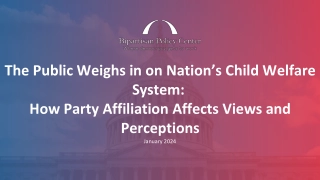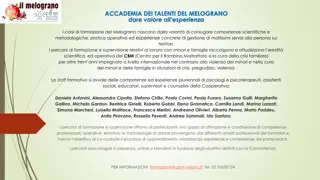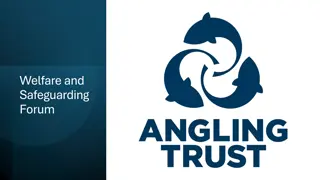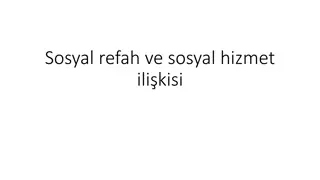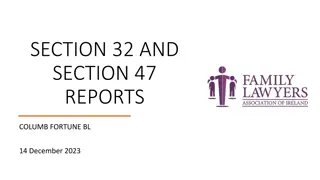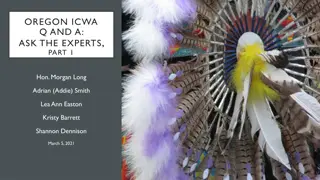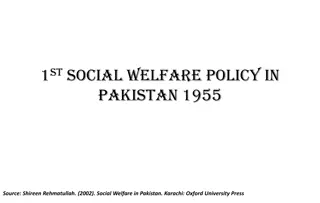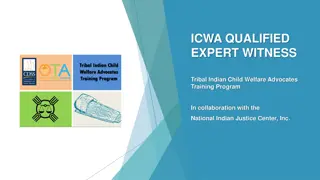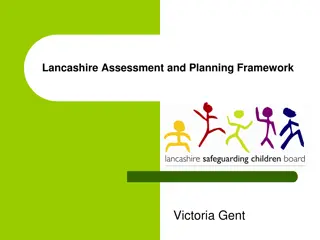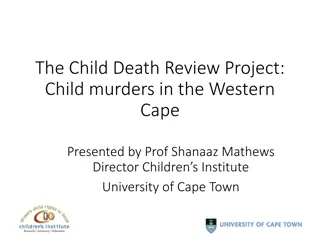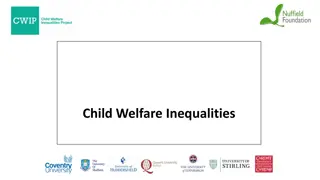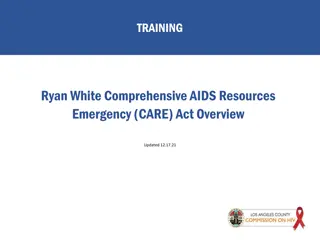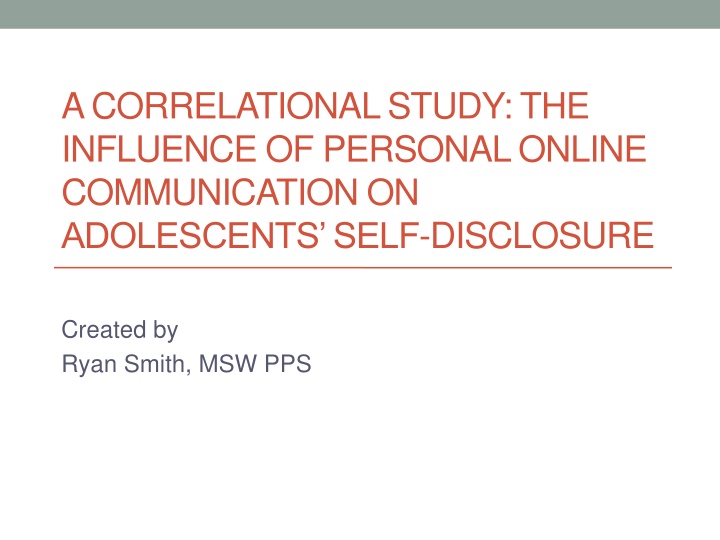
Influence of Online Communication on Adolescents' Self-Disclosure
Explore the correlation between personal online communication and adolescents' self-disclosure in this study by Ryan Smith. Discover how online interactions affect self-disclosure levels among teenagers, shedding light on the cultural impact of the internet on youth.
Download Presentation

Please find below an Image/Link to download the presentation.
The content on the website is provided AS IS for your information and personal use only. It may not be sold, licensed, or shared on other websites without obtaining consent from the author. If you encounter any issues during the download, it is possible that the publisher has removed the file from their server.
You are allowed to download the files provided on this website for personal or commercial use, subject to the condition that they are used lawfully. All files are the property of their respective owners.
The content on the website is provided AS IS for your information and personal use only. It may not be sold, licensed, or shared on other websites without obtaining consent from the author.
E N D
Presentation Transcript
A CORRELATIONAL STUDY: THE INFLUENCE OF PERSONAL ONLINE COMMUNICATION ON ADOLESCENTS SELF-DISCLOSURE Created by Ryan Smith, MSW PPS
Presenter Bio Education Recent Master s of Social Work graduate from California State University, Fresno Attained Personnel Pupil Services Credential Currently finishing School Counseling specialization Next goal: Administrative Credential Career Over twenty years of collective social work experiences Poland, Ukraine, and Wales Intensive case management, program development, and management over the Transitional Age Youth within the SMI population
Research Question Does the use of personal online communication influence the level of self-disclosure in adolescents?
Hypothesis The perceived low-risk nature of self- disclosure on social media will correlate with a higher than expected level of self-disclosure by adolescents during their social media usage. Independent variable - self-disclosure Dependent variable - personal online communication.
Introduction The advent of the Internet has transformed our cultural lexicon, changing the way we work, the way we connect, and the way we communicate. The cultural impact of the Internet is still not entirely known or fully understood, in particular, its impact on frequent users, the adolescent youth.
Defining Social Media Social Networking Sites are online services, platforms, or websites that enable the construction and reflection of social networks or social relations among individuals (Huang, 2016, p. 122) Social media has introduced a new element called virtual space, where the adolescent s skills in relating with others have been significantly altered.
Defining Self-Disclosure Self-disclosure personal information disclosed to another person (Huang, 2016)
Research Focus This research looks at the role of self-disclosure as adolescents shape their personal identity while occupying virtual space. Research is conducted by a random sampling of adolescents responding to a research tool looking at five components of self-disclosure: (a) amount, (b) depth, (c) honesty, (d) intent, and (e) valence (Huang, 2016).
Guiding Theoretical Frameworks Erickson s Theory of Psychosocial Development 8 developmental stages where response to crisis creates a negative or positive developmental impact Social Cognitive Theory a child learns new behaviors by observation of others and those behaviors are reinforced or punished Social Penetration Theory relationships develop intimacy in a 4 stage process
Demographics - Ethnicity 25 20 15 10 5 Frequency Percentage 0
Demographics -Age 30 25 20 Frequency Percentage 15 10 5 0 11 12 13
Research Findings All five factors of self-disclosure (amount, depth, honesty, intention, and valence) were correlated with overall amount of self-disclosure to defend the prime research question. This research showed a statistically significant relationship between amount of social media usage and amount of self-disclosure r(36) = .69, p < .01 (see Figure 6). The more an adolescent uses social media, the more information was disclosed
Research Findings Cont. The research findings proved the original hypothesis to be correct: the low- risk nature of self-disclosure found through social media found a higher than expected level of self-disclosure by the study s subjects. Moreover, increased usage of social media corresponded to the increased level of self-disclosure.
What You Need To Know The usage of social media has permeated every age group and culture worldwide The impact of this form of communication has numerous implications on society Cyber bullying Cyber victimization Exposure to violent acts Unfiltered access to various events Addiction to technology
Implications for Child Welfare Informs those working with children of the challenges of using social media Serves as a starting point to develop training that will assist child welfare Shows the importance and compelling need for child welfare workers to understand the dynamics/usage of social media Shows the need for further research in this area
Summary Adolescents are forming their identity in nontraditional ways through the use of personal online communications. As this new phenomena has not been fully investigated, understanding this identity forming behavior within a unique space can be highly relevant to those working in multiple areas of social services
References Huang, H. (2016, December 14). Examining the beneficial effects of individual s self-disclosure on the social networking site. Computers in Human Behavior, 57, 122-132.

